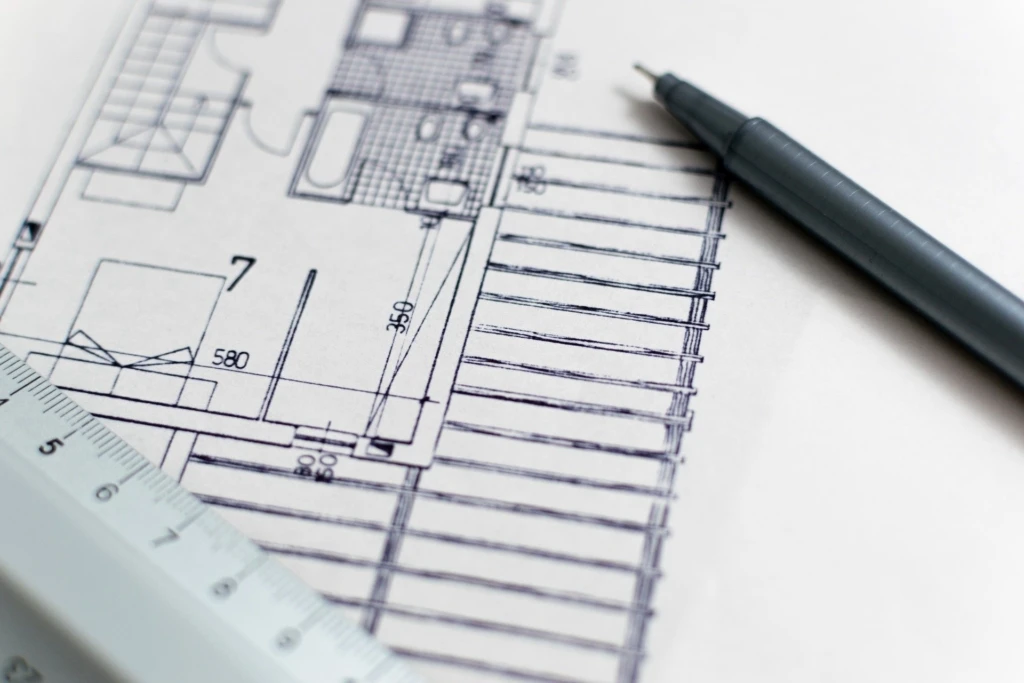Ground-floor retail spaces: is bigger always better?

Recently, there has been much talk about growing vacancy in office spaces, but there is another problematic segment: ground-floor retail spaces. At first glance, one might get the impression that such spaces are scarce, as they are often sought after. But here's the important "but": demand is concentrated on spaces located on busy streets, that are highly visible and accessible with convenient parking options. Spaces meeting these conditions are found only in the city center and on a few major streets, so there are few of them and they rarely become vacant, as people generally don't leave such excellent locations. If a retail space is indeed located in the city center but is not sufficiently visible or access is inconvenient, its "success" becomes much more difficult. On such spaces, tenants change frequently. The situation is even more difficult away from the city center, where new and beautiful retail spaces can remain empty for a long time – simply because there aren't enough interested parties.
With the development of new residential districts, a continuous number of retail spaces are added to the market, as they are provided for in almost every building. The result is a situation where supply significantly exceeds demand. Even in attractive and well-located new residential and commercial districts, filling retail spaces is quite difficult, not to mention less valued areas. Away from the city center, it is difficult for businesses to attract enough customers. However, only businesses serving the surrounding residents can fit into one district - then there aren't enough customers for everyone.
There is also the question of which businesses retail spaces in residential districts are actually suitable for. Much of retail is concentrated in centers, where in Estonia's climate people find it more comfortable to shop and the synergy created there benefits everyone. Those retail businesses that are not in centers and don't consider a visible location accessible to as many people as possible important, are often web-store-focused instead. They only need a modest office or showroom that doesn't have to be on expensive ground-floor commercial space. Many service providers and small cafes, bakeries, etc., which would naturally suit residential districts, cannot guarantee sufficient turnover in such a remote location to pay quite high rent. Even if the rental rate is often relatively low compared to the sale price of the space due to low demand. This leads to another problem - developers find it difficult to sell these spaces as well, because they are not attractive to investors. There is a high vacancy risk, and even when finding a tenant, today's rental rates are not at a level that would ensure the desired return. Private buyers who might be interested in such spaces often lack the ability to purchase a new high-priced retail space.
The requirement that apartment buildings must have retail spaces on the first floor creates a situation where increasingly more sadly empty ground-floor spaces appear in new beautiful residential districts, making the area bleaker. Several spaces that remain vacant for a long time in one area also do not encourage potential interested parties to buy or rent retail space in that location.
If officials do not allow new developments to forego retail spaces, spaces keep increasing and the problem deepens. It seems it would be time to consider different solutions – to find another function for the first floor and stop creating such quantities of retail spaces. Of course, a first floor with storefronts is visually more pleasant than a parking lot or garage, but from a functional perspective, in certain cases it would be more practical to use the first floor for parking instead. Our talented architects could certainly design parking floors in such a way that they would look aesthetic and interesting in the urban landscape – much better than retail spaces standing empty for long periods.




